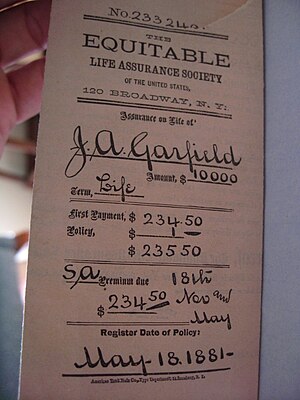This is a continuation of the budget series. See these posts for the history of this series.
This time, I’m looking at our discretionary budget. These are the things that don’t have a fixed cost. Any individual item is largely optional, and, ultimately, we don’t track these purchases closely. At the beginning of the month, I pull this money out of the bank in cash, except for 1 category. When the discretionary budget is gone, it’s gone.
- Groceries/Dining – At the beginning of the week, we sit down with a meal planner and (Can you guess?) plan our meals. The planner we use has a weekly calendar with a checklist below each day to build the grocery list. At the bottom of the page is another checklist for staples that don’t apply to a specific day’s meal, like milk or snacks. We build the list, then transfer it to another sheet, broken out by grocery department. That keeps me from having to criss-cross the store. I make one lap. When I go to the store, I only bring that week’s grocery budget in cash, so I keep close track of how much is going into the cart. Recently, we’ve gotten so good at making our meals cheaply from scratch that I reduced our monthly food budget by $50. I enjoy good food, so I wouldn’t reduce this budget item if it was a sacrifice in quality. For example, the Rainbow Foods store-brand chips actually taste better than Lay’s for half of the price. We stock up when things are on sale and cook creatively. Sometimes, if time has been too tight to make a meal plan, we eat solely from the pantry for a week, buying nothing but bread and milk. By sticking to the list, and not fearing the store’s brand, we are able to feed our family of 5 1/2 for $450 per month and still eat well.
- Discretionary – This is for the random things that come up, and some of the not-so-random. Toiletries, activity fees, admissions, and fund-raisers all come out of this fund. At the end of the month, whatever is left gets tucked into a box and forgotten. When the box gets full, it goes to the bank to be applied to debt. There isn’t a lot to cut here, since this line-item is only $200.
- Baby stuff – This category is continually shrinking. Our middle kid is recently potty-trained and our youngest is trying. There is no baby food and no formula, just 1 pack of diapers every month. In 6 months, this category will be eliminated.
- Gas/oil – This is the single category that isn’t cash-based. It makes no sense to take the kids out of the car to pay inside, especially in the winter. Also, all of the temptation is inside. It’s much better to spend the money at the pump. There isn’t much we can do to reduce this, at the moment. Our next car won’t be a full-sized pickup, but we are several years from that purchase. We’ve started clipping oil-change coupons to keep this down to the minimum amount possible.
- Clothes – We only allocate $15 per month for clothes. In a good month, we don’t spend it. We can’t eliminate it completely, because things do come up. Over the summer, I’m hoping to completely leave it alone to save up for a new(used) winter jacket for our older daughter, who doesn’t get hand-me-downs.
- Blow Money – This is the safety valve. It can’t get reduced and still work.
We’ve now addressed out entire budget, including what we can do and have done to keep our costs under control. Looking back, I don’t see too many cuts I’ve missed.







